Corporate media recently took old smears about a Revolutionary War-era flag and applied them to Justice Samuel Alito after his wife allegedly displayed the “provocative” symbol in front of his home.
The meaning behind the “An Appeal To Heaven” flag, a pine-tree-adorned symbol used by squadrons of the Continental Navy during the Revolutionary War, is rather innocuous. George Washington’s secretary Col. Joseph Reed created the flag in 1775 to publicly display “an appeal to God to save the colonists from the King’s oppressive ruling.”
The same outlets fomenting fake scandal about the alleged Alito flag have never taken issue with any Americans displaying Black Lives Matter, Ukraine, pro-terrorist, and rainbow flags, despite their connections to anti-American agitation. The New York Times, however, suggested the historic “An Appeal To Heaven” flag was associated with a “push for a more Christian-minded government.”
Here are 11 flags you should fly to not only show your loyalty to God and country but also your disdain for the top enemy of the people that is constantly looking for ways to smear Americans who love their original flag and the Constitution it stands for.
U.S. Flag
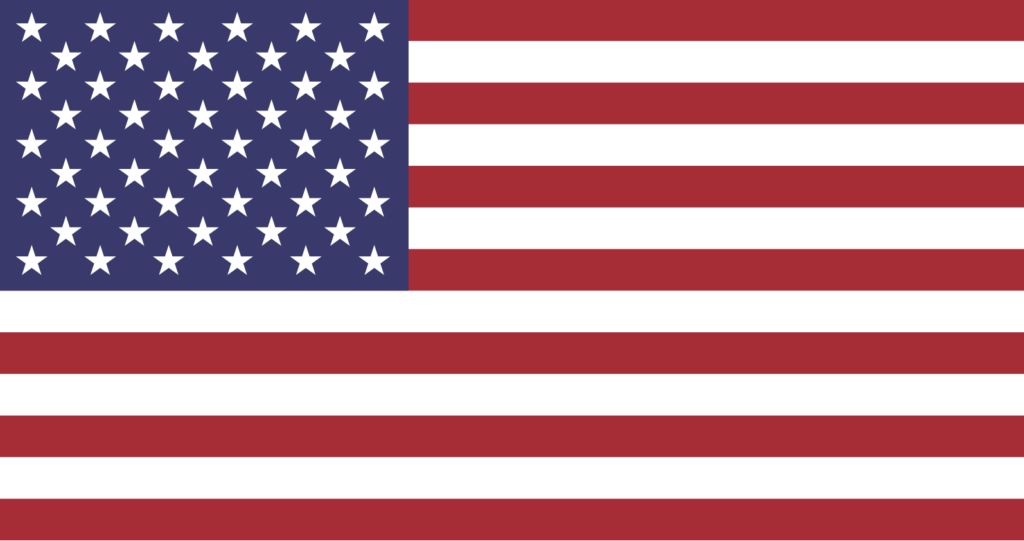
If you want to show your patriotism and peeve the American-hating people who run our nation’s institutions, proudly display Old Glory to show your support for the land of the free and the home of the brave (what’s left of it).
If you’re a little more daring and want to teach your Trump-hating, slur-slinging neighbor a lesson, consider flying it upside down to express your belief that our country is in “dire distress.”
Gadsden Flag
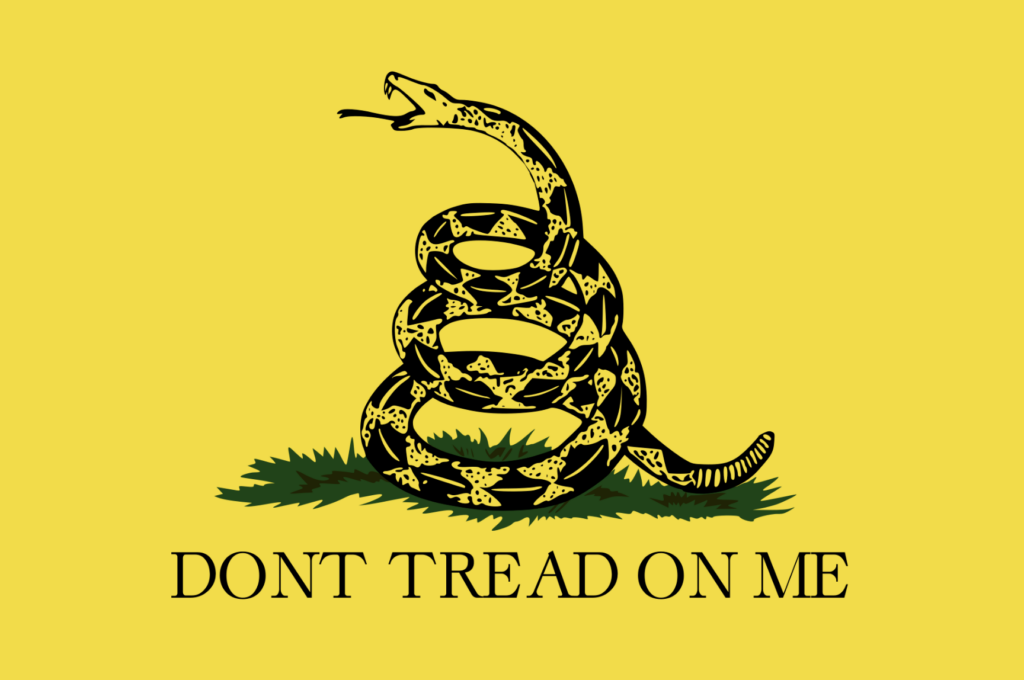
Named for Col. Christopher Gadsden, a Revolutionary War-era leader of the South Carolina Sons of Liberty and brigadier general in the Continental Army, the Gadsden flag draws on themes invoked by Benjamin Franklin’s famous “Join, or Die” cut-up snake cartoon. The coiled-up American timber rattlesnake on the yellow background suggested the American colonies were finally united enough to strike at the foreign power threatening their rights.
The pro-liberty message and jarring image still, against the wishes of unelected bureaucrats, serve as a warning to anyone who tries to take away Americans’ freedoms. If 12-year-old Jaiden Rodriguez can boldly display the Gadsden flag patch on his backpack after facing backlash from school administrators and peers, you can too.
Gonzales Flag
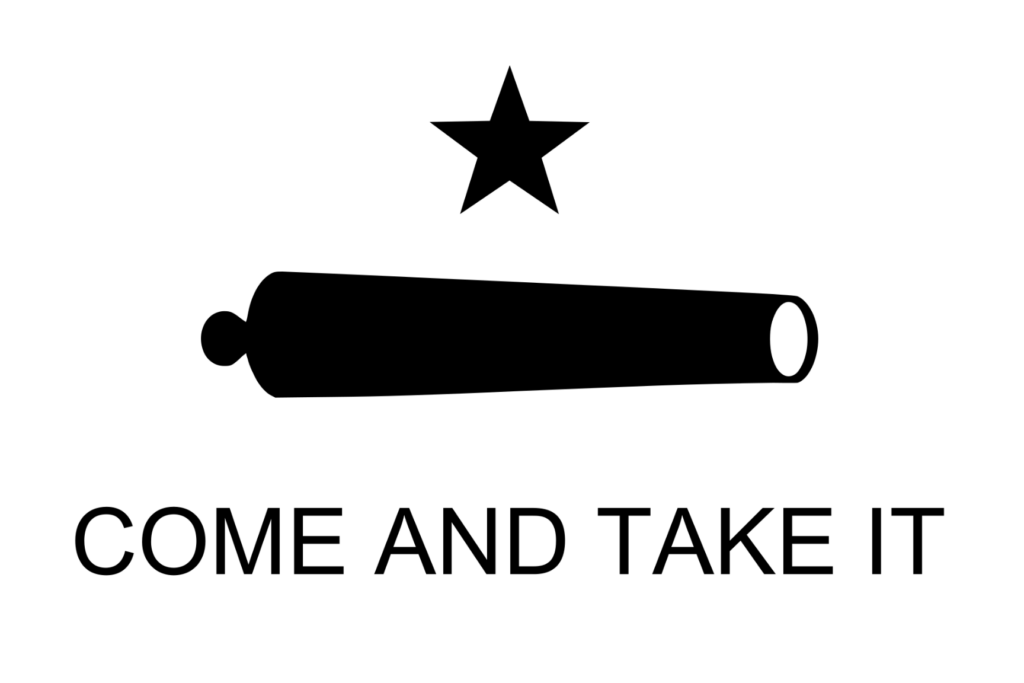
The Gonzales or “Come and Take It” flag gained popularity after the 1835 Battle of Gonzales, a showdown between Texas settlers and the tyrannical Mexican government. The Spanish cannon in the center of the flag represents a real cannon Texans were gifted to fend off Native American-led raids.
When the Texas Revolution began brewing, the Mexican government tried to take the weapon back. The Texans refused, challenging the dictator’s soldiers to “Come and Take It.” The Texans ultimately prevailed.
The story of the cannon demonstrates Texans’ and later, Americans’ defiance against anyone who denies their independence and right to self-defense. In more recent years, the Gonzales flag has become synonymous with Americans’ fight to protect their right to bear arms and defend our borders.
Bedford Flag
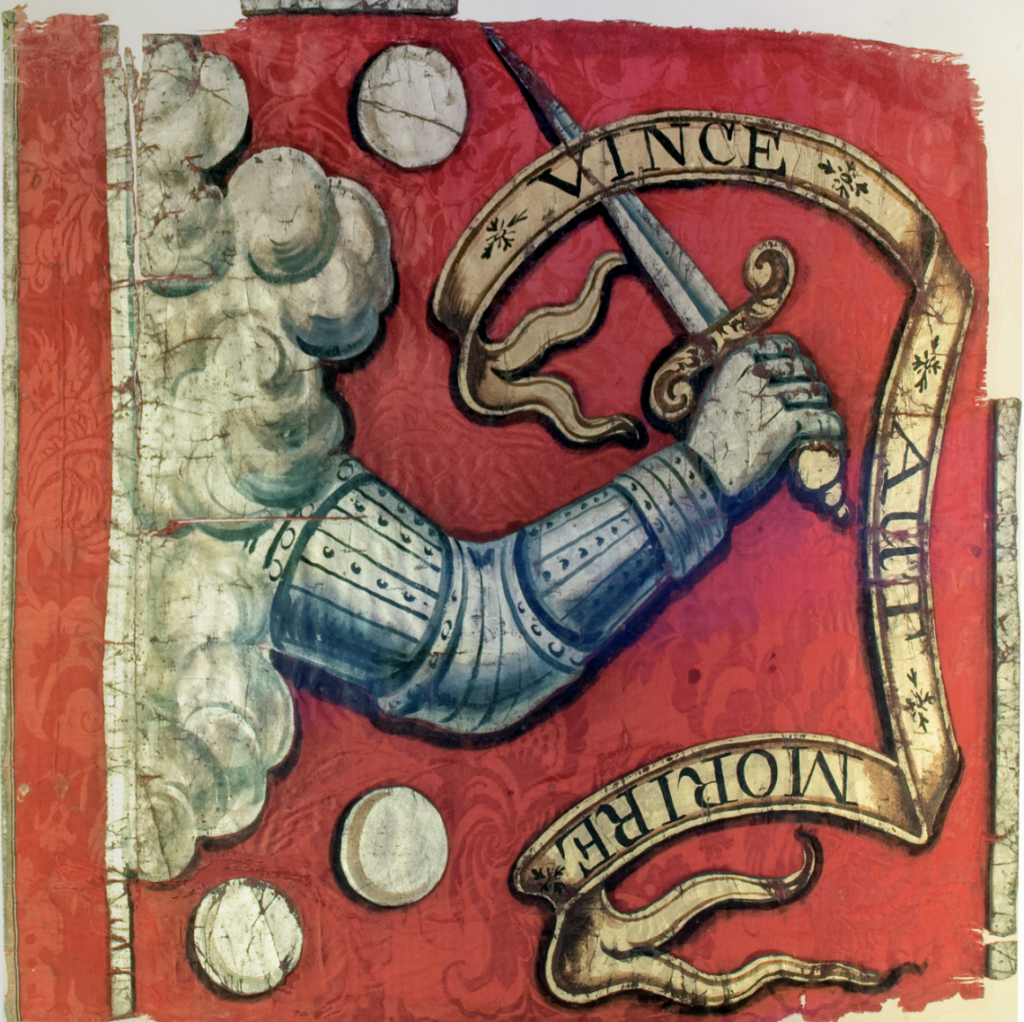
The Bedford flag is often considered the “oldest flag carried into battle in the history of America.” The flag features a red background, an armored arm wielding a sword, three cannonballs, and the Latin inscription “Vince Aut Morire,” which translates to “Conquer or Die.”
The flag was believed to be carried first by Bedford Minuteman Nathaniel Page at the Battle of Concord in 1775 as a symbol of American patriots’ willingness to die for their freedoms.
Betsy Ross Flag

Betsy Ross’ version of the flag that would come to represent the newly independent United States of America serves as a “proud symbol of the American Revolution” and the liberties American colonists fought to secure.
Since its inception, the iconic flag has suffered several cancellation attempts and smears. In 2019, failed NFL quarterback Colin Kaepernick convinced his corporate partner Nike that their Betsy Ross flag shoes were racist.
The principles and ideas represented by the flag endorsed by our Founding Fathers haven’t changed. The number of people opposed to those values, however, has grown exponentially.
Culpeper Minuteman Flag

The Culpeper Minuteman flag is a beautiful blend of the key Revolutionary War messages that fueled the Continental Army’s fight against the British crown.
The flag features a rattlesnake, “don’t tread on me,” and part of Patrick Henry’s famous quote “Give me liberty or give me death.”
It was first adopted by the Culpeper, Virginia Minutemen militia in 1775 but remains popular today as a symbol against tyranny.
Goliad Flag

Capt. Philip Dimmit designed the “Bloody Arm flag” in 1885 to celebrate the Goliad Declaration of Independence in Mexico-controlled Texas. Although only flown for a short time, the flag honored Texas as a “free, sovereign, and independent State” and “represented a dramatic shift towards complete independence from Mexico” that was solidified with the Texas Declaration of Independence in 1836.
The flag now represents Dimmit’s belief that “I would rather cut off my right arm, than live under tyranny.”
Huntington Liberty Flag

The first version of the Huntington Liberty flag featured nods to the British Red Ensign and King George III. Once news of the Declaration of Independence spread to Huntington, New York, “the King’s Colors and the word George III were ripped off the flag.”
The red emblazoned with the word “Liberty” showed a stark contrast between the British crown’s autocratic reign and colonists’ vision for the 13 colonies.
Christian Flag

The Christian flag is often smeared by corporate media as a weapon of white nationalists and opposed by local governments as a violation of a version of the separation of church and state that the American founders never believed in.
In reality, Sunday school teacher Charles C. Overton pieced together the red, white, and blue fabric and cross symbol to represent Jesus Christ’s blood sacrifice, purity, peace, and fidelity to God and His kingdom.
“The idea for the flag came when Overton presented a lecture on the American flag and its virtue, impact, and meaning, so the identical colors prove to be appropriate and intentional,” one analysis article notes.
Navy Jack Flag
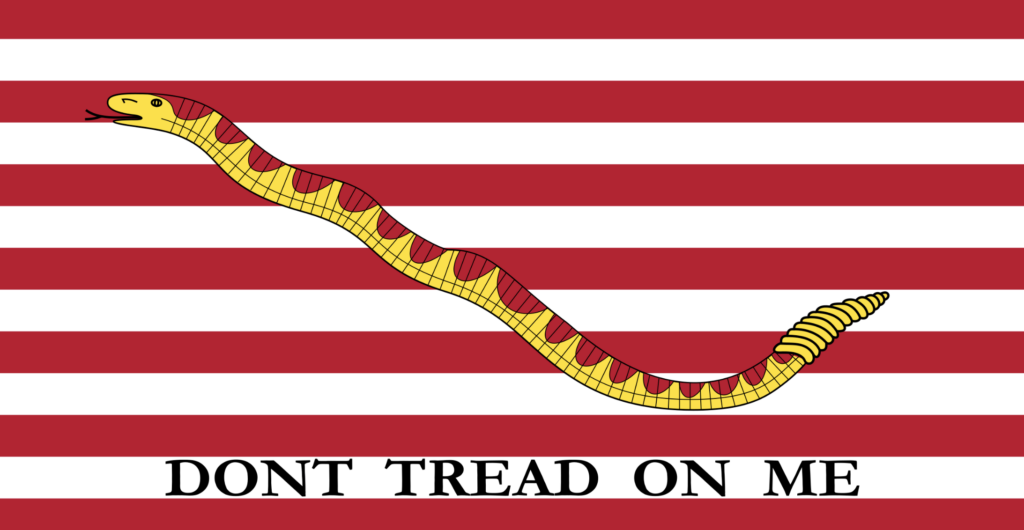
The Navy Jack was “first used as a signal to engage the enemy” by Commodore Esek Hopkins in 1775,
The 13 red and white stripes covered by a lengthy gold and red rattlesnake and “don’t tread on me” declaration were designed to showcase the Continental Navy’s defiance of the British crown.
The flag was the official naval jack for the U.S. Navy from 1975 to 1976 and post-9/11 from 2002 to 2019.
Bunker Hill Flag

The Bunker Hill flag was allegedly flown at the Battle of Bunker Hill in 1775. While the flag has a historically debated past, its iconic pine tree and patriotic colors still represent freedom for the New England colonists of the past and Americans of today.
“They often modified existing British flags with pine trees to show they were still loyal to the British Crown, but were going to defend their liberties,” one account states.
Let Your Freak Flags Fly
The same people mocking Alito’s wife for reportedly showcasing “An Appeal to Heaven” will never be satisfied so long as you view God and country as our Founding Fathers did. So fly your Bedford, Gadsden, Gonzales, and most importantly, U.S. flags high, you patriotic, Consitution-loving Americans.

